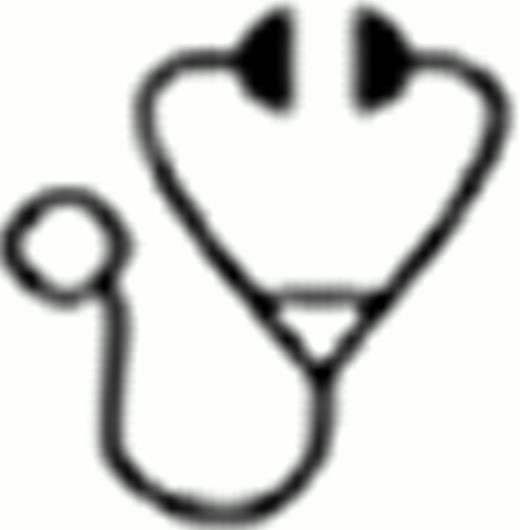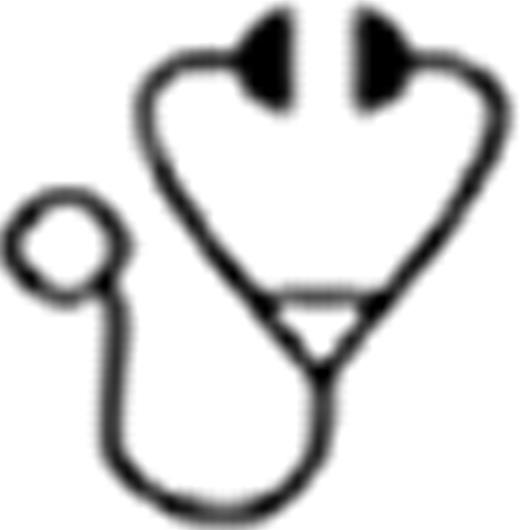Abstract
Abstract  709
709
Mutations in the spliceosome gene SF3B1 (splicing factor 3b, subunit 1; SF3B1mut) have recently been described in CLL and occur in 5–15% of CLL patients. They are suggested to be associated with a more aggressive course of disease, reflected by a shorter time to treatment (TTT) and overall survival. However, validation in a larger cohort is lacking.
1. Determine the frequency of SF3B1mut in a large CLL cohort. 2. Evaluate the association of SF3B1mut with established prognostic markers and its prognostic impact in relation to these parameters.
1,124 newly diagnosed CLL patients were included. The cohort comprised 64.4% (724/1124) males and 35.6% (400/1124) females with a median age of 66.8 years (range: 29.6 – 90.5 years). In all cases, the coding region of SF3B1 (exon 11 – 16) was analyzed by Sanger sequencing. Low mutation/wildtype ratios (<10%) were confirmed by an amplicon next-generation deep-sequencing assay (454 Life Sciences, Branford, CT). Additionally, TP53 (n= 83 mut/1,098 screened, 7.4%) and IGHV mutation status were analyzed. IGHV status was unmutated in 37.6% (423/1,124) and mutated in 62.4% (701/1,124).The IGHV3-21 gene was present in 63 patients, 41 of whom had a mutated status and were assigned together with the cases with unmutated IGHV (unfavorable IGHV). For all cases data on immunophenotype, FISH and chromosome banding analyses (CBA) were available. FISH categories were defined according to Döhner et al. (NEJM, 2000): del(17p) (48/1,124, 4.3%), del(11q) (123/1,124, 10.9%), +12 (139/1,124, 12.4%), normal karyotype (NK) according to FISH (273/1,124, 24.3%) and del(13q) as sole abnormality (324/1,124, 28.8%). According to CBA normal karyotype was present in 19.2% (216/1,124) and complex karyotype (at least 3 chromosomal abnormalities) in 16.2% (182/1,124). Clinical follow-up data were available in 56 SF3B1mut and 505 SF3B1 wt patients.
The frequency of SF3B1mut was 9.3% (105/1,124) with a median mutation/wildtype ratio of 35% (range: 5 – 60%). In 105 patients 110 SF3B1mut were detected. The most frequent mutation was Lys700Glu (47/110, 42.7%) followed by Gly742Asp (12/110, 10.9%) and Lys666Asn/Glu/Ser/Thr (11/110, 10.0%). SF3B1mut showed a strong association with prognostic unfavorable IGHV status (unfavorable vs favorable: 76/464, 16.4% vs 29/660, 4.4%, p<0.0001). They were more frequent in cases with IGHV3-21 (19.0% vs 8.7%, p=0.012) and IGHV1-69 (19.7% vs 7.9%, p<0.0001), but were mutually exclusive of IGHV1-2 (0% vs 9.7%, p=0.027). However, SF3B1mut were evenly distributed between patients with TP53mut and TP53 wt. Furthermore, SF3B1mut were associated with NK according to FISH (NK vs aberrant by FISH: 40/273, 14.7% vs 65/851, 7.6%, p=0.001) or CBA (NK vs aberrant: 29/216, 13.4% vs 76/908, 8.4%, p=0.027) and were less frequent in +12 (2/139, 1.4% vs 103/985, 10.5%, p<0.0001) and homozygous del(13q) cases (12/224, 5.4% vs 93/900, 10.3%, p=0.021). SF3B1mut were rarely detected in cases with IGH translocations identified by FISH and/or CBA (2/55, 3.6% vs. 103/1069, 9.6%, p=0.159). In contrast, SF3B1mut were very frequent in patients with del(11q) (25/123, 20.3% vs. 80/1,001, 8.0%, p<0.0001). Patients with SF3B1mut had a significantly shorter TTT than SF3B1wt patients (median TTT: 4.8 vs. 7.5 years, p<0.0001). Particularly in the subgroup with del(13q) sole the adverse effect of SF3B1mut was very prominent (median TTT: 1.1 vs 7.6 years, p<0.0001). In univariable cox regression analysis parameters associated with a shorter TTT were SF3B1mut (relative risk (RR): 2.05, p=0.001), complex karyotype (RR: 1.47, p=0.026), aberrant karyotype (RR: 1.66, p=0.036), and del(11q) (RR: 2.54, p<0.0001). Parameters associated with a longer TTT had favorable IGHV status (RR: 0.31, p<0.0001) and del(13q) sole (RR: 0.60, p=0.005). Multivariable analysis revealed an independent impact for SF3B1mut (RR: 1.54, p=0.048) besides aberrant karyotype (RR: 1.91, p=0.012), favorable IGHV status (RR: 0.35, p<0.0001) and del(13q) sole (RR: 0.63, p=0.017).
1. SF3B1mut are associated with unfavorable IGHV status (unmutated, IGHV3-21) and del(11q), which are known to have adverse effect on outcome in CLL. 2. Besides, SF3B1mut is an independent prognostic parameter associated with shorter TTT, with an especially striking impact in the prognostically favorable subgroup of patients with del(13q) as sole abnormality.
Jeromin:MLL Munich Leukemia Laboratory: Employment. Haferlach:MLL Munich Leukemia Laboratory: Equity Ownership. Bayer:MLL Munich Leukemia Laboratory: Employment. Dicker:MLL Munich Leukemia Laboratory: Employment. Weissmann:MLL Munich Leukemia Laboratory: Employment. Grossmann:MLL Munich Leukemia Laboratory: Employment. Alpermann:MLL Munich Leukemia Laboratory: Employment. Kohlmann:MLL Munich Leukemia Laboratory: Employment. Haferlach:MLL Munich Leukemia Laboratory: Equity Ownership. Kern:MLL Munich Leukemia Laboratory: Equity Ownership. Schnittger:MLL Munich Leukemia Laboratory: Equity Ownership.
Author notes
Asterisk with author names denotes non-ASH members.

This icon denotes a clinically relevant abstract

